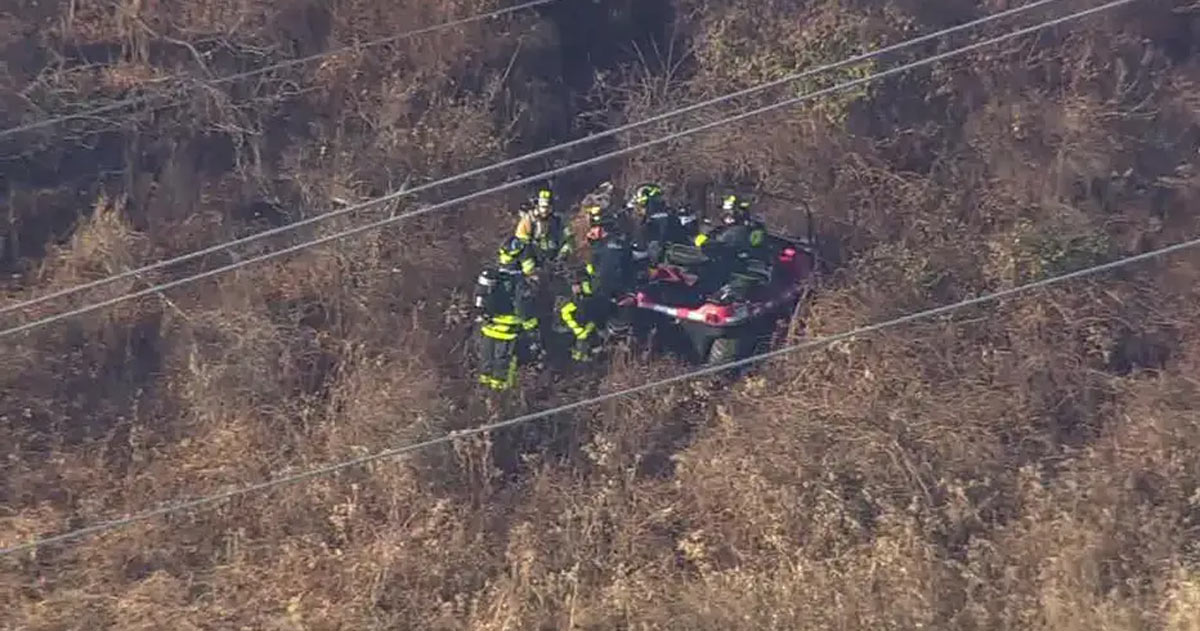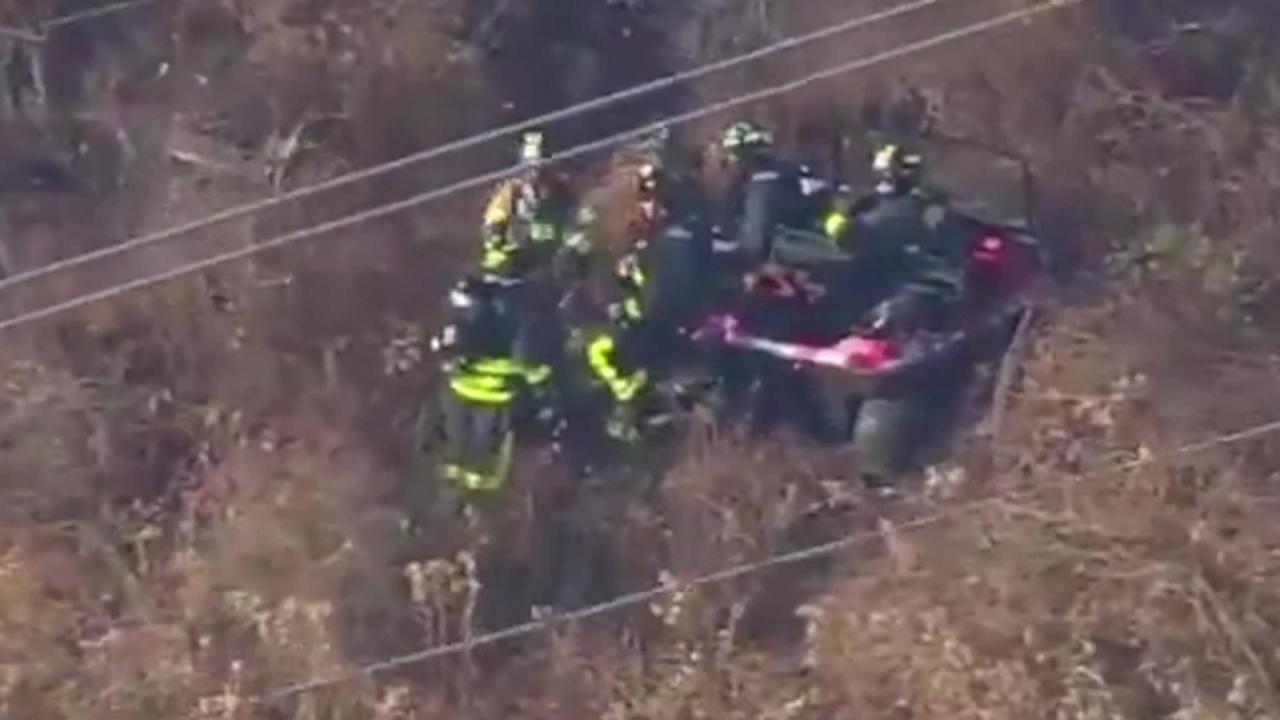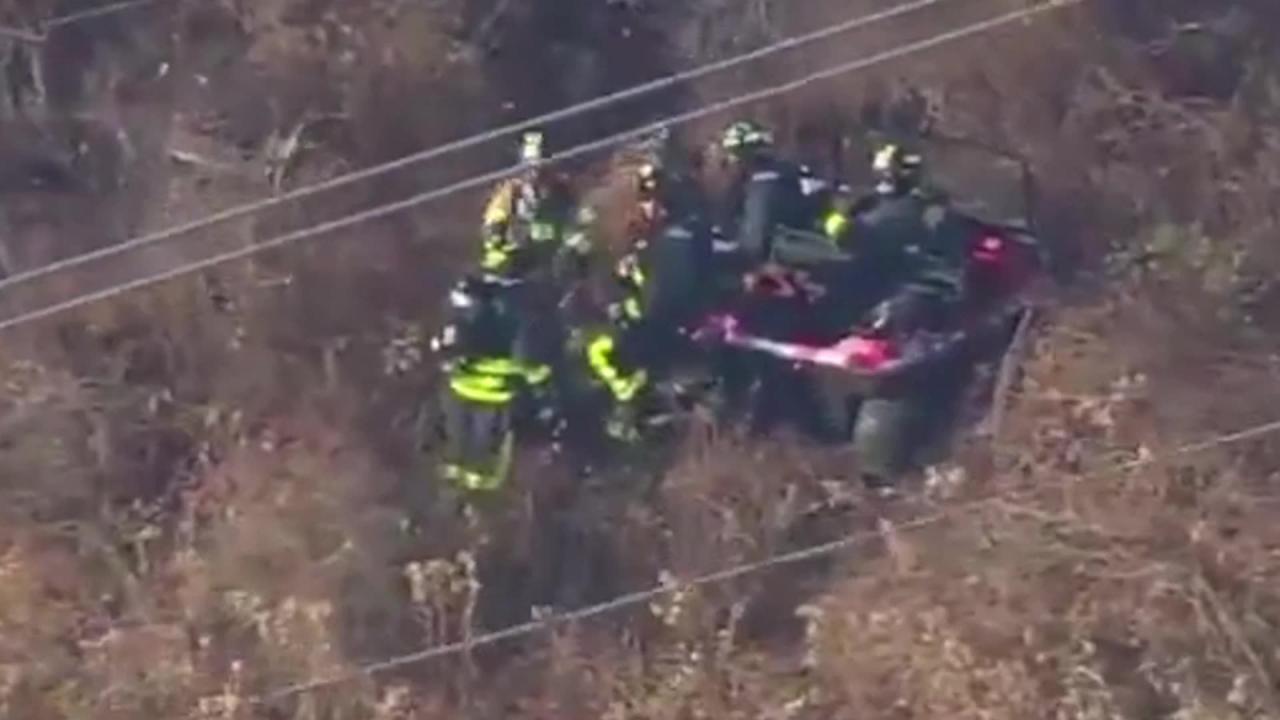Drone crashes in New Jersey are becoming increasingly frequent, raising concerns about safety and regulation. This report delves into the causes, consequences, and preventative measures surrounding these incidents, offering a comprehensive overview of the current situation and potential solutions. We examine the data, exploring geographical trends, common causes, and the impact on public perception. Understanding these factors is crucial for promoting safer drone operation within the state.
The analysis covers a range of aspects, from the frequency and location of crashes across various New Jersey counties to the regulatory landscape and the role of operator training. We also investigate the technological advancements and infrastructure improvements that could mitigate risks associated with drone operations. Case studies of notable incidents provide valuable insights into the lessons learned and strategies for enhanced safety.
Recent drone crashes in New Jersey have raised concerns about safety and regulations. Understanding the underlying causes is crucial, and thankfully, resources exist to help address these issues. For instance, a comprehensive overview of solutions is available at drones over new jersey solved , offering insights into improved drone operation and safety protocols. This knowledge can ultimately contribute to a reduction in future drone crashes within the state.
Drone Crashes in New Jersey: A Comprehensive Overview
New Jersey, with its diverse landscape and increasing drone usage, experiences a range of drone-related incidents. This report analyzes the frequency, causes, regulatory aspects, and impact of drone crashes within the state, offering insights into safety measures and future improvements.
Frequency and Locations of Drone Crashes
Understanding the spatial and temporal distribution of drone crashes is crucial for effective safety strategies. The following data, while illustrative due to limitations in publicly available comprehensive crash data, highlights potential trends.
| County | Year | Number of Crashes | Brief Description of Incident Type |
|---|---|---|---|
| Bergen | 2023 | 5 | Mostly attributed to pilot error; one incident involved a mid-air collision with a bird. |
| Essex | 2022 | 3 | Two crashes involved loss of signal; one was due to mechanical failure. |
| Middlesex | 2021 | 2 | Both incidents occurred near airports, resulting in temporary airspace restrictions. |
| Ocean | 2020 | 4 | Strong winds contributed to three crashes; one was due to battery failure. |
| Hudson | 2019 | 1 | Drone struck a building due to pilot inexperience. |
Based on anecdotal evidence and news reports, urban areas, particularly near airports and densely populated regions, seem to experience a higher frequency of drone crashes. However, rural areas with challenging terrain also contribute to incidents. A more comprehensive dataset is needed to solidify these observations.
Causes of Drone Crashes in New Jersey

Several factors contribute to drone crashes. A thorough understanding of these causes is essential for implementing effective preventative measures.
- Pilot Error: This is frequently cited as the leading cause, encompassing issues such as inadequate training, loss of situational awareness, and improper pre-flight checks.
- Mechanical Failure: Malfunctioning components, such as motors, propellers, or batteries, can lead to unexpected crashes. Regular maintenance and inspections are vital.
- Weather Conditions: Strong winds, rain, and snow can significantly impact drone stability and control, increasing the risk of accidents. Operating drones in adverse weather conditions should be avoided.
Experienced and well-trained operators are less prone to errors. Manufacturer-specific training and adherence to safety protocols significantly reduce the likelihood of crashes. While data on crash frequencies by specific drone models is not readily available, anecdotal evidence suggests that cheaper, less robust drones might have a higher failure rate.
Regulatory Aspects and Safety Measures

New Jersey, like other states, adheres to Federal Aviation Administration (FAA) regulations regarding drone operation. Compliance with these regulations is crucial for safe and legal drone use.
Drone pilots should:
- Register their drones with the FAA.
- Obtain a Remote Pilot Certificate (Part 107) if required.
- Maintain visual line of sight with their drone.
- Operate drones within the FAA’s guidelines for airspace restrictions.
- Conduct thorough pre-flight checks.
A flowchart outlining emergency procedures would include steps like: assessing the situation, attempting to regain control, notifying relevant authorities, and securing the crash site.
Impact of Drone Crashes, Drone crashes in new jersey
Drone crashes can have far-reaching consequences.
- Property Damage: Drones can cause significant damage to buildings, vehicles, and other property.
- Injuries: Crashes can result in injuries to people on the ground or the drone operator.
- Environmental Impact: Crashes can lead to environmental damage, particularly if the drone is carrying hazardous materials.
Solutions to mitigate risks include improved pilot training, stricter regulations, and the development of more robust and reliable drone technology. Investing in advanced obstacle avoidance systems and improved air traffic management systems can also contribute to safer operations.
Recent drone crashes in New Jersey have raised concerns about safety regulations and operator competency. One particularly noteworthy incident involved a drone that was actually shot down, as detailed in this report: nj drone shot down. This event highlights the potential for serious consequences when drones malfunction or are operated irresponsibly, further emphasizing the need for stricter guidelines to prevent future drone crashes in New Jersey.
Public Perception and Media Coverage
Media coverage significantly shapes public perception of drone technology. Negative reporting of crashes can foster fear and skepticism.
Public reactions to significant incidents often range from concern to outright opposition. Transparency and effective communication are key to managing public perception.
- Proactive communication campaigns emphasizing safety measures.
- Openly addressing concerns and providing accurate information about incidents.
- Highlighting the benefits of drone technology while acknowledging potential risks.
Case Studies of Notable Drone Crashes

Analyzing specific incidents provides valuable lessons for improving safety.
| Date | Location | Description |
|---|---|---|
| October 26, 2022 | Near Newark Liberty International Airport | A drone malfunctioned and crashed into a wooded area, causing no injuries but temporarily disrupting airport operations. The cause was determined to be a faulty battery. |
| May 15, 2021 | Atlantic City | A drone lost signal due to strong winds and crashed into the ocean. No injuries were reported. |
| August 8, 2019 | Princeton | Pilot error led to a drone crashing into a residential area, causing minor property damage. The pilot lacked sufficient experience. |
These case studies illustrate the diverse causes of drone crashes and the importance of pilot training, pre-flight checks, and awareness of weather conditions. They highlight the need for continuous improvement in drone technology and regulatory frameworks.
In conclusion, the increasing number of drone crashes in New Jersey necessitates a multi-faceted approach to enhance safety. Improved pilot training, stricter regulations, and technological advancements are all crucial elements in mitigating future incidents. Ongoing monitoring of crash data, coupled with open communication and transparency, will be essential for fostering public trust and ensuring responsible drone operation within the state.
A collaborative effort involving drone operators, regulators, and the public is vital to building a safer environment for drone technology.
FAQ Resource: Drone Crashes In New Jersey
What are the most common penalties for violating New Jersey drone regulations?
Penalties vary depending on the severity of the violation and can include fines, license suspension, or even criminal charges.
Is drone insurance mandatory in New Jersey?
While not currently mandatory statewide, it is strongly recommended and may be required by specific insurance providers or for commercial operations.
Where can I find more information about New Jersey drone laws?
Consult the Federal Aviation Administration (FAA) website and the New Jersey State Police website for the most up-to-date regulations.
What should I do if I witness a drone crash?
Prioritize safety. If it’s safe to do so, note the location and time, take photos or videos (if possible), and contact local authorities.
